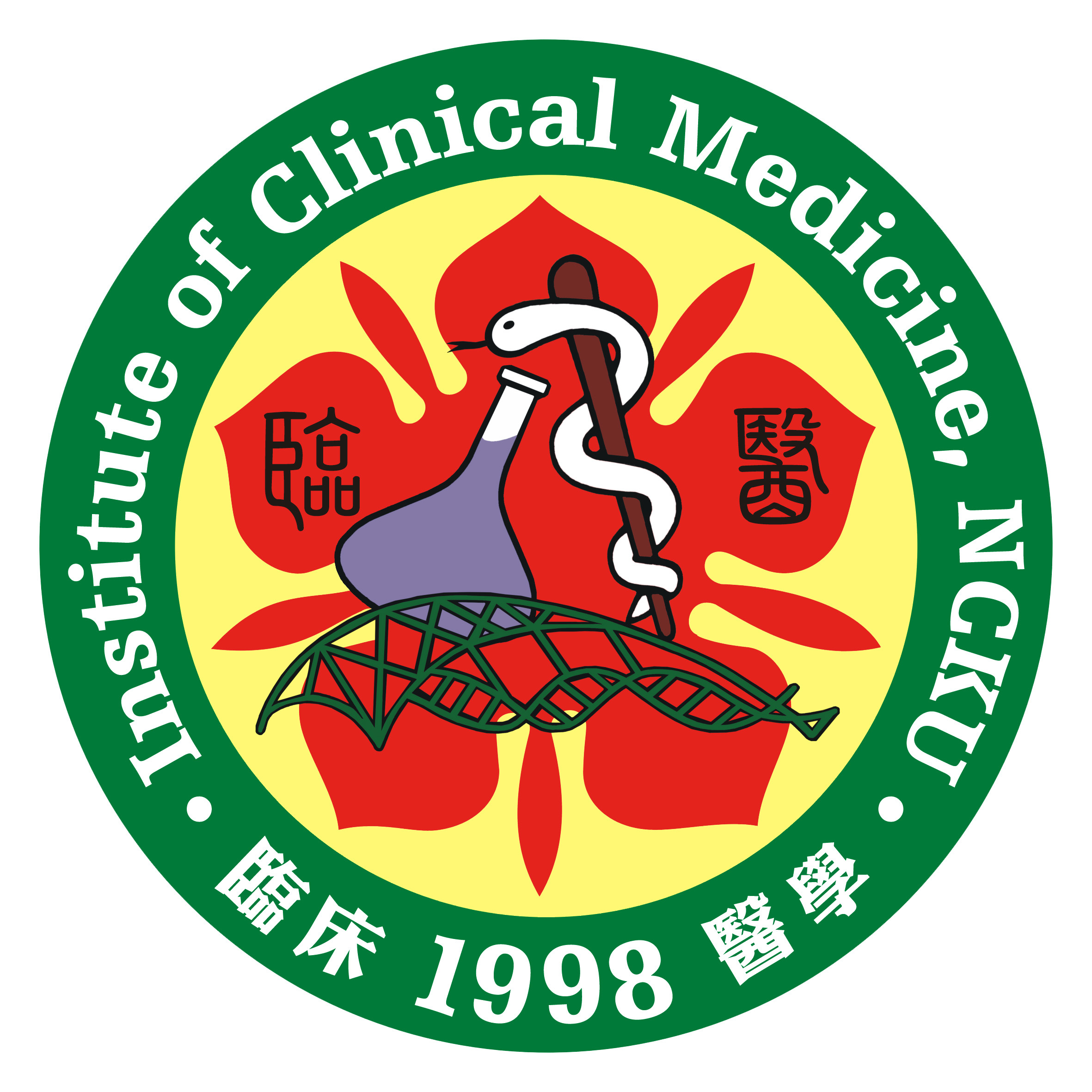沈延盛 老師 和 謝奇璋 老師,Blocking M2-Like Macrophage Polarization Using Decoy Oligodeoxynucleotide-Based Gene Therapy Prevents Immune Evasion for Pancreatic Cancer Treatment., Mol Cancer Ther . 2024 Oct 1;23(10):1431-1445.
Abstract
M2-like macrophages exhibit immunosuppressive activity and promote pancreatic cancer progression. Reactive oxygen species (ROS) affect macrophage polarization; however, the mechanism remains unclear. This study aimed to elucidate the underlying molecular basis and design a gene therapy to inhibit M2-like polarization. Microarray analysis and immunofluorescence staining were performed in M1-like and M2-like macrophages to ascertain the expression of CYBB, a major intracellular ROS source. Coculture assay and syngeneic orthotopic pancreatic cancer mice models were used to study the mechanism of M2-like skewing. Decoy oligodeoxynucleotides (ODNs) were designed to manipulate CYBB transcription to inhibit M2-like polarization and control tumor growth. Lipopolysaccharide treatment polarized U937 cells to M1-like macrophages in which CYBB expression was increased. In contrast, coculture with PANC-1 cells induced M2-like polarization in U937 cells with CYBB downregulation. High CD204 M2-like expression in combination with low CYBB expression was associated with the worst prognosis in patients with pancreatic cancer. STAT6 and HDAC2 in U937 cells were activated by cancer cell-derived IL4 after coculture and then bound to the CYBB promoter to repress CYBB expression, resulting in M2-like polarization. Diphenyleneiodonium, 8λ³-iodatricyclo[7.4.0.02,⁷]trideca-1(13),2,4,6,9,11-hexaen-8-ylium chloride that inhibits ROS production could block this action. Knockdown of STAT6 and HDAC2 also inhibited M2-like polarization and maintained the M1-like phenotype of U937 cells after coculture. Decoy ODNs interrupting the binding of STAT6 to the CYBB promoter counteracted M2-like polarization and tumor growth and triggered antitumor immunity in vivo. Gene therapy using STAT6-CYBB decoy ODNs can inhibit M2-like polarization, representing a potential therapeutic tool for pancreatic cancer.
